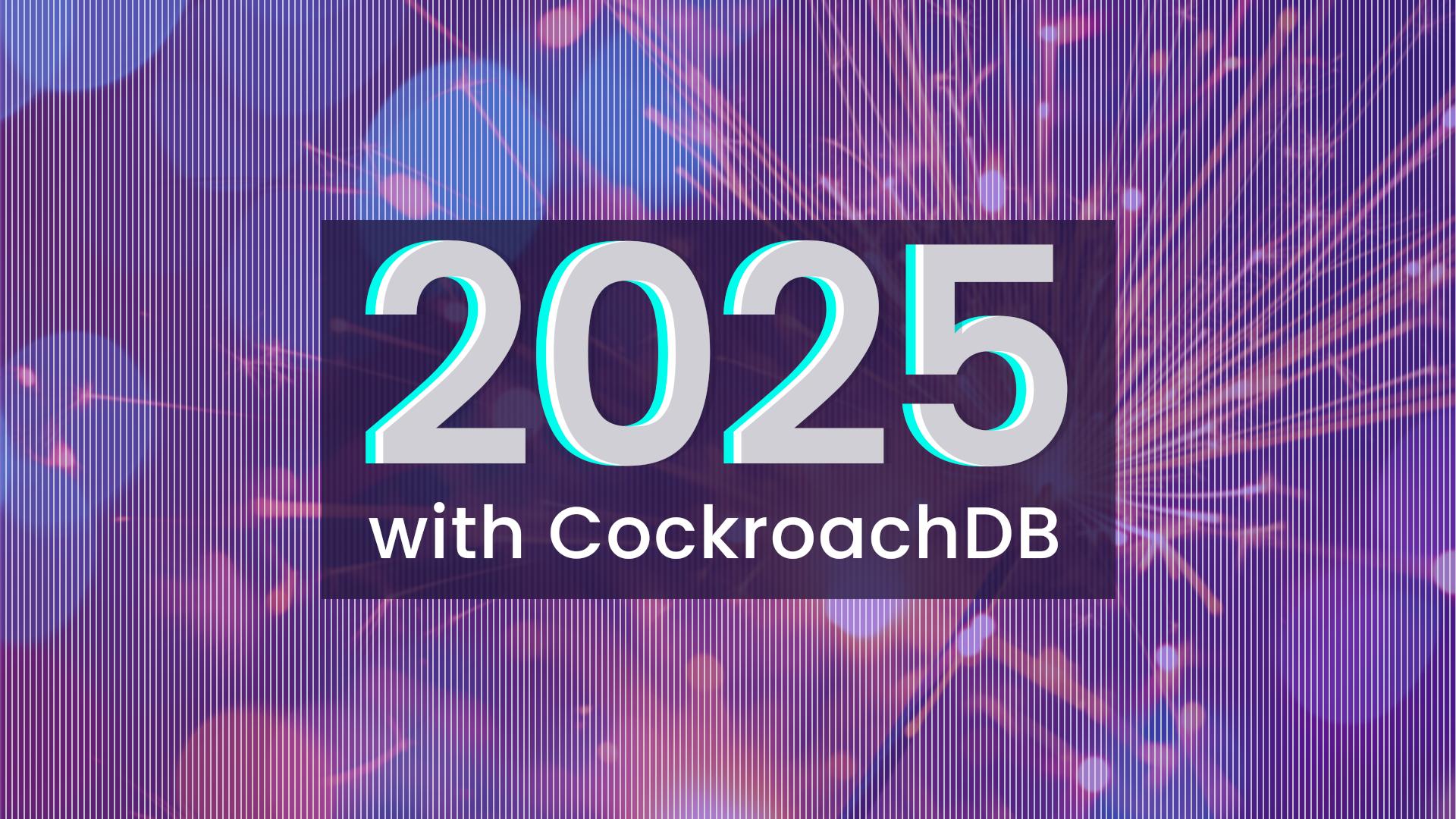Before meeting a candidate, your brain has already started playing some unconscious games. You get excited if you see a candidate who went to the same school as you. You get irritated if you see a company you don't like. You have already started making assumptions simply based by what is on paper, showing the power unconscious bias can have in the hiring process.
Unconscious biases are social stereotypes about certain groups of people that individuals form outside their own conscious awareness. Everyone holds unconscious beliefs about various social and identity groups, and these biases stem from one’s tendency to organize social worlds by categorizing.
At Cockroach Labs, we wanted to fight our own unconscious bias. We all know that diversity in tech is dismal, and we are lucky that people like Joelle Emerson and her team at Paradigm are doing something about it. Last fall, our team completed an Unconscious Bias Workshop with Paradigm. Paradigm’s belief is that, “The benefit of diverse perspectives will lead our clients to design better products, deliver better services and build a better world”.
The workshop resulted not only in ongoing discussions that raised awareness at Cockroach Labs but also in action – most notably in attacking unconscious bias in our hiring process. We instituted a number of changes to our hiring process, but what I’ll be discussing in this blog post is how we removed resumes from interviews. Our belief was that we could be missing out on strong candidates because of the unconscious biases of the interviewer and the ways bias influences the outcome of an interview.
How Do We Remove Resumes from the Interview Process
Full disclosure: At this point, it would be close to impossible for us to entirely remove the resume from the hiring process, although I am all ears on ideas. As such, the recruiter (me) still has access to the resume, which remains the first screen in the hiring process. I review the candidate’s work experience (current and past), standard HR questions, etc. If I proceed, I remove the resume and do not share the prescreen notes with the interview slate, as these may reveal the very details I am intending to mask.
Instead of sharing the resume, I include the experience level of the candidate and in cases where the candidate has a PhD, I share the focus of their thesis so the interviewer can explore their work. If the candidate is an intern, I also include the candidate’s current year in school.
What Kinds of Unconscious Bias Are We Fighting by Removing Resumes?
Affinity Bias
The tendency to warm up to people like ourselves. With this bias, we have a tendency to ignore negative traits of people we like and focus on the faults of those we don’t [1].
Example: It’s interview day at the plant! Homer is interviewing Barney, who also loves donuts. Barney seems a bit nervous and Homer can relate. Homer doesn’t like interviews. Homer kindly offers him a donut, which he accepts. They have a great discussion about the job and his skills, talk about the local bar, etc. Next on the rotation is Ned. Since the donuts helped Barney out, Homer offers Ned one. Ned kindly says, “I try to avoid sugar, it can make me jittery”. Homer is a bit shocked: “What person doesn’t like donuts?” He continues to interview Ned, but he has a tinge of discomfort with him. “Everyone likes donuts,” Homer’s brain repeats.
At the end of the interview, Homer adds feedback that he really enjoyed the interview with Barney and thinks he’s a person he could grab a beer with. And he can’t put his finger on it, but there is something a bit off with Ned even though he has the skills… and honestly, he didn’t really open up in the interview.
Halo/Horn Bias
The “Halo” effect is the tendency to think everything about a person is good because you like that person. The opposite of this is the “Horns”, where we see one bad thing about a person and let it cloud our opinions of their other attributes [1].
Example: Smithers is reviewing resumes for the plant. There is a giant stack and he doesn’t know how to organize them. To move quickly, he decides that he will only move forward with resumes of candidates from Springfield College with a 3.5+ GPA. Everyone else is rejected.
Similar to Me Bias
Picking candidates based on personal characteristics that they share with the interviewer rather than job-related criteria [1].
Example: Lisa is running late for an interview. She grabs the candidate’s resume that is sitting on her desk and glances over it quickly. The candidate most recently interned at the EPA and had a stint as a personal Vegan chef. The candidate plays the baritone saxophone and was an active member of her town’s Free Tibet Group. Lisa starts to relax a little. She knows she won’t need the whole time to interview the candidate as it seems to be a no-brainer. “The candidate is exactly like me. They can totally do this job,” she thinks to herself.
Lessons Learned
Prepare the Candidate
We discovered it was imperative for the recruiter to prepare the candidate for this type of experience. As candidates, we are surprised when interviewers don’t ask us questions that are relatable. Some of the initial feedback was that the interview felt cold and there wasn’t the opportunity for the interviewer or the candidate to truly engage with one another.
Prepping the candidate that the focus of the interview is on skills required for the job, helps prepare them for this. Without a resume, we only ask candidates about work, not their history. Candidates can steer the conversation to their strengths, and answer in their own time.
Prepare the Interviewer
The biggest concerns interviewers had from the get-go were about how to break the ice and put the candidate at ease. When you ask them to avoid asking questions like:
Which college were you at?
How’s the weather over in … ?
Oh, you worked with Homer S. Do you know Lenny at the plant?
All of a sudden they don’t know where to start. They walk into the room, introduce themselves, and then what? This, in fact, inspired an entire rewrite on our interview process, modeling all of our interviews – even for non-technical roles – off of applied, skills-driven exercises. However, I will save that process for another day.
The Results
Well, we are still testing the process out! Success does not mean eliminating all bias or achieving absolute anonymity. Resumes are still a part of the initial recruiter screen (e.g., does the candidate have an appropriate amount of experience as required for the role, etc.) Instead, we are able to challenge preconceptions that are hiding in our unconscious bias, leading to a fairer process where better decisions are made.
Credit:




